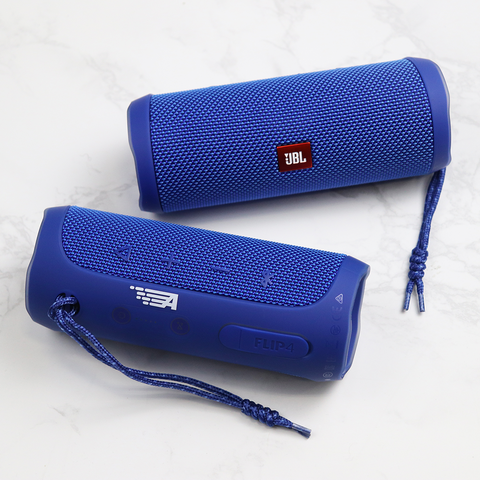5 Cardinal Rules of Logo Design Explained
5 Cardinal Rules of Logo Design Explained

Top 5 Logo Design Guidelines
Your logo goes on practically all brand collateral, from your letterhead, website and custom company apparel to marketing materials, social profiles and even product packaging. It makes the first impression on your audience and, hopefully, leaves a lasting one. And that impression should be favorable – nobody wants their business associated with a logo that has a bad connotation.
Examples of successful logos include Apple, MasterCard, Pepsi and Nasa – you’ll notice that they all share the must-have design elements on this list. There are company logo design "rules" that have stood the test of time, even as trends have come and gone. Here are our five favorites.
1. The Ability to Change the Logo to Black and White (or Grayscale, Metallic, or Any Neutral).
Even if your logo reflects your brand colors, it should be able to be turned into a black and white image and still look attractive and recognizable.
There are going to be times when your logo can't be printed or produced in color. You can't always control how brand collaborators are going to showcase your logo, for example. Also, you may need to save money on printing costs at times and opt for black and white. Aside from printing limitations, what if it’s made in metal or engraved on a product?
Sometimes, logos are designed in black and white first, then colorized after, which is a good way to ensure it’ll look good whether it’s pigmented or neutral.
2. Your Logo Should Scale to Any Size and Still Look Great.
Your logo should look crisp and legible in any size. That means it looks as good on a business card as it does on a billboard, and that it can be added to all sorts of logo gift ideas without sacrificing quality.
When scaled down, your logo shouldn’t lose definition. And when scaled up for a large-format material, like a poster, it shouldn’t be stretched or hard to make out.
The most foolproof way to determine if you got this right is by printing the logo at sizes on each end of the spectrum – on an envelope and on a poster, for example.
3. Don't Make it Overly Detailed.
The less complicated and more clutter-free your logo is, the quicker it'll be recognized. Also, instead of thin lines in the graphics and lettering, strong lines tend to show up better, and they're easier to understand visually. They also make logo decoration sharp-looking even when embroidered on fabric.
Plus, a simpler logo will look the same as it’s reduced and enlarged to fit your many printed brand materials – they'll scale up or down and still look great (remember tip #2?).
Simple doesn't mean simplistic or dumbed-down, though.
Take Nike, for example. The swoosh is pretty modest, but it's still interesting and unique – there's no denying which company that logo is for. It's straightforward enough to be quickly identified, but it's not a standard check mark that can be confused with anything else.
P.S. It's OK if your original design is overly complicated – you can always simplify it from there.
4. Your Logo Should be Unique to Your Brand.
Even if you're trying to edge out a competitor (and who isn't?), your logo should be unique, not a close copy “inspired by” a similar business.
Your logo should be closely related to your business name, a defining company characteristic or a competitive advantage you offer – whatever it is that makes you stand out from the pack the most.
Think of the No. 1 trait that you want people to remember about your business, and then brainstorm how that trait can be creatively reflected in your logo.
5. Artistically Balance Your Logo.
"Artistically balanced" means balanced to the eye, not necessarily 100% symmetrical (i.e. exactly matching from left to right or top to bottom). No one part of the logo should be far more overpowering than the rest of it.
When creating a balanced logo, consider color, line density and shape. The weight of these elements should be balanced on each side.
Why? The brain perceives balanced design as being more appealing and pleasing than unbalanced design.
There are times when you'll want to purposely unbalance design, like if you're trying to stoke negative emotions in the viewer. But you definitely don't want that when it comes to your branding!
Contact Us at Merchology
Contact us at Merchology with any questions about adding your brand's logo to customized merch! We’ll help your team refine your company logo so it’s perfect for custom corporate gifts and company logo apparel!


